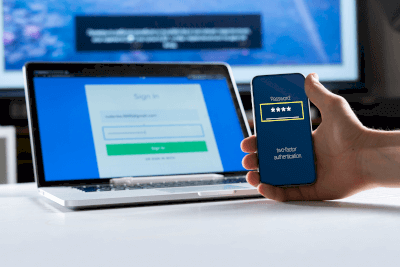What Is an Authentication System?

An authentication system verifies a user’s or device’s identity to grant access to a secure system or application. As a cornerstone of cybersecurity, it safeguards against unauthorized access and data breaches by ensuring that only legitimate users can interact with sensitive information.
Uses of Authentication Systems
Authentication systems are integral to securing online transactions and personal information across various platforms:
- Online Banking: Enhances security through multi-factor authentication, including passwords, one-time codes, and biometrics.
- Social Media: Protects user accounts with password verification, phone number and email checks, and unusual login alerts.
- Online Shopping: Secures transaction and personal data with password authentication and one-time password verification for credit card payments.
Principle of Authentication Systems
Authentication systems rely on one or more of the following methods to verify identity:
- What You Know (WYK): Authentication through known information like passwords or PINs, is vulnerable to eavesdropping if not properly encrypted.
- What You Have (WYH): Uses physical tokens, such as IC cards, offering security unless the item is stolen.
- What You Are (WYA): Biometric authentication using unique personal features like fingerprints or facial patterns, providing high security with proper system accuracy.
Types of Authentication Systems
- Login Authentication: Basic account access control using passwords or biometrics.
- Two-Factor Authentication (2FA): Combines two different authentication methods, such as a password and a mobile device code, for enhanced security.
- OAuth Authentication: Allows third-party services to access user information without revealing login credentials, maintaining privacy.
- Public Key Infrastructure (PKI): Uses encryption and digital signatures for secure data exchange and user/device authentication on the internet.
By employing robust authentication methods, digital platforms can significantly enhance the security and privacy of user data and transactions.